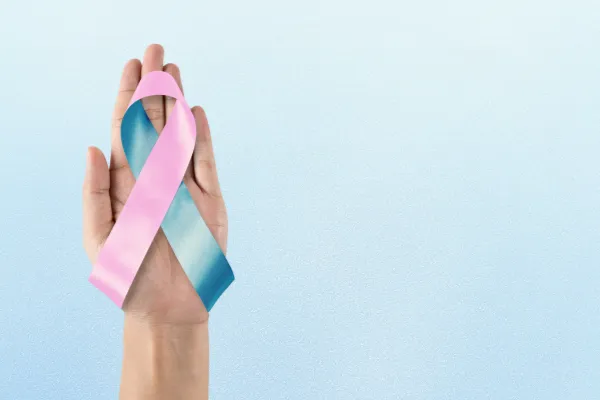Topics
Although a pacemaker inherently enhances the quality of life for individuals with heart conditions, specific activities can disrupt its functioning. This is inclusive of activities that expose the pacemaker to strong electromagnetic fields, as they may interfere with its operation. Consult a cardiologist at Pantai Hospitals about your lifestyle and activities today to help you with personalised recommendations for your unique condition.
Which Electronic Devices Should You Be Careful With?
Modern pacemakers are protected against most common electronic devices, but keeping a safe distance is important to ensure the pacemaker functions properly.
Mobile Phones
Ensure your mobile phone is at least 6 inches away from your pacemaker. Hold your phone up to your ear opposite your pacemaker when using it.
Microwaves
While modern microwaves are normally safe, try not to stand right in front of them while they are in use.
Wearable Tech
Do not place your fitness trackers, smartwatches, or similar devices directly over your pacemaker.
Metal Detectors
Your pacemaker should be made clear to security and personnel, as the device can be affected by metal detectors in airports and public venues. Go for manual screening if possible.
What are the Medical Procedures and Equipment to be Cautious of?
Certain medical procedures and equipment can disrupt the functionality of a pacemaker. You should always bring up your pacemaker to healthcare providers before going through any medical procedure, such as:
Magnetic Resonance Imaging (MRI)
Although many modern pacemakers are MRI-compatible, older models may be incompatible. Check with your cardiologist to ensure you are cleared for any MRI scans.
Electrocautery Tools
These tools used in surgeries can impact pacemaker programming. Coordination between your surgeon and cardiologist is important.
Radiation Therapy
Pacemaker performance may be affected by proximity to targeted radiation. Techniques for shielding might be required.
Transcutaneous Electrical Nerve Stimulation (TENS)
TENS devices are used for pain relief, and they may disrupt pacemaker signals. You should confirm safety with your physician.
Consult your cardiologist or a pacemaker specialist to ensure your safety during medical interventions if you are doubtful.
What are Some Lifestyle Adjustments for Pacemaker Users?
You will need to make some lifestyle changes when living with your pacemaker, but these adjustments can be smoothly incorporated into your everyday life. For example, travelling is usually safe, but it is important to bring your pacemaker identification card with you. This card has information about your device and is helpful in emergencies. In addition to this, staying on the peak of your pacemaker’s maintenance is important. Frequent checkups with your cardiologist ensure the device is working properly and that its battery is sufficiently charged. Most pacemakers last between 5 to 15 years, depending on their usage, after which a potentially necessary replacement procedure may be carried out.
It is also important to keep a healthy lifestyle. A heart-friendly diet, moderate exercise (as recommended by your doctor), and stopping smoking or overconsumption of alcohol can improve your general heart health, enhancing the benefits of your pacemaker.
Schedule an Appointment at Pantai Hospitals
A pacemaker is a life-saving device that lets patients enjoy healthier and more active lives. You can maximise your pacemaker’s benefits while minimising risks through understanding the activities, devices, and medical procedures to avoid. At Pantai Hospital, our team of specialists offers extensive care for patients with pacemakers, from consultations to device monitoring and replacements. Book an appointment with our cardiology professionals today to ensure the best care for your heart health. You may also schedule an appointment through our website or download our MyHealth360 application from Google Play Store and Apple App Store.
Pantai Hospitals have been accredited by the Malaysian Society for Quality in Health (MSQH) for its commitment to patient safety and service quality.













